Óbidos Castle
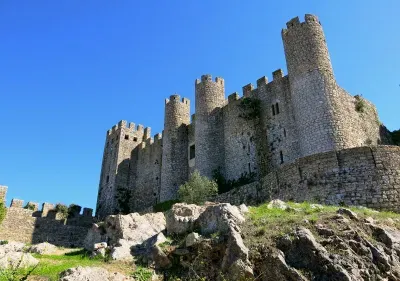
It's hard to miss Óbidos Castle, given its immense size and grand position in this hilltop town. However, there's very little reason why you should ever want to. Beautifully well-preserved, it dates back to defences first put in place by the Muslim rulers of Óbidos before Portugal's first king, Afonso I, reconquered the region in the 1140s.
The castle was rebuilt again by King Dinis when he gifted the town to his new bride in 1282 as the traditional royal wedding present.
Forte de São João
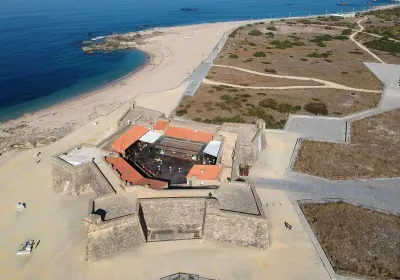
Also known more simply as Vila do Conde Castle, Forte de São João (Baptista) was first constructed in the 1570s. Standing at the mouth of the River Ave, it is named in honour of Saint John the Baptist, the city's patron saint. However, it was originally named for the Virgin Mary.
Castelo de Paderne
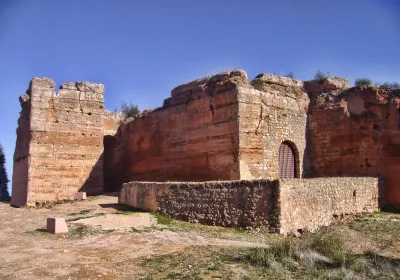
Not a great deal remains of Parderne's castle, but given its antiquity this is not surprising. Built from sandstone and earth the castle sits on a promontory overlooking the Quarteira River around 10 kilometres inland from Albufeira.
The site was originally used by the Romans in the 2nd century but the castle we see today was constructed in the 12th century by the Berbers. The fort passed backwards and forwards between its muslim creators and the christian re-conquerors over the following century.
Aljezur Castle
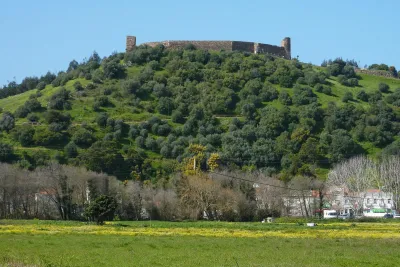
This Moorish castle dates back to the 10th century and was was one of the last Moorish strongholds in the Algarve. Built to guard Aljezur when it was a river port providing direct access to the sea the castle did its job admirably. It was only in 1249 that the castle fell to the Christians lead by king D. Afonso III
Positioned upon an 88m high hilltop, the castle offers beautiful panoramic views of the surrounding floodplain, the hills of Monchique and the coast.
Fort of Santa Catarina
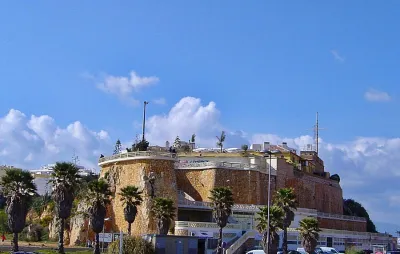
The fort of Santa Catarina was built in 17th century on the site of a 15th century defensive structure and chapel dedicated to Saint Catherine of Alexandria. It was one of the various forts built around this time to protect the area from raids by pirates and privateers.
Lagos Town Walls
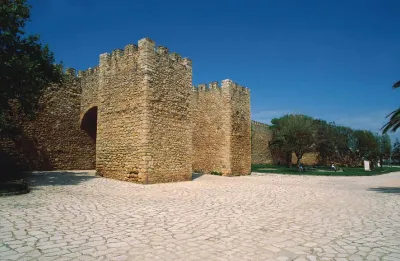
Today most visitors to Lagos come for the stunning beaches and vibrant nightlife. But this place has seen a small amount of bloodshed over the centuries. The Phoenicians, Romans, Visigoths and Moors all made their mark here. In 1577 Lagos became the administrative capital of The Algarve. It is not surprising that a city of such strategic importance would have been surrounded by some pretty heavy fortifications.
Forte da Ponta da Bandeira
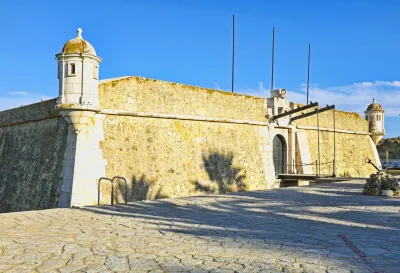
The small fort of Ponta da Bandeira, also known as the Fort of Our Lady of Penha de Franca (or just Lagos fortress) stands on Lagos's waterfront, where the Bensafrim River enters the sea and overlooking Praia da Batata beach. Lagos had been the administrative capital of The Algarve from 1577 and this fortress, built around 1690, would have been part of the important defensive structures guarding the strategically important harbour from raids by Corsairs, pirates and the Spanish.
City Walls - Faro
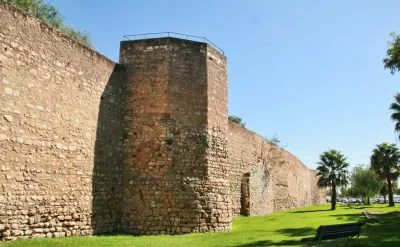
Faro's ancient city walls (Muralhas de Faro), parts of which form a broken ring around Faro’s compact Cidade Velha (Old Town) have an interesting history, reflecting the town's tumultuous past. The Romans, who called the town Ossonoba, made their presence felt here and built a wall around the area which would have contained the forum and various important buildings.
Castelo de Sesimbra
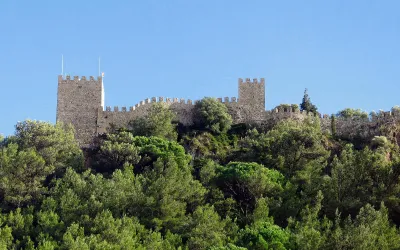
The North African Moors, mainly originating from Morocco, occupied southern and central Portugal from 8th until 12th/13th centuries. It was they who first built a fortress above the picturesque fishing village of Sesimbra in the 10th century.
In 1165 troops believed to have been led by King Afonso Henriques, with the help of Frankish Crusaders captured the castle, which was later re-built and underwent significant works of restoration in the early 20th century.
Tavira Castle
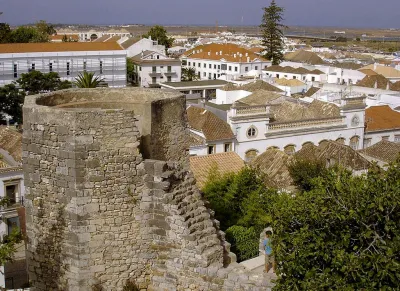
There is no entrance fee to explore the well-preserved ruins of Tavira Castle and visitors will be rewarded with a well-tended garden within the walls of the ruin and some exceptional views of the town and river. You won't find anything in the way of guides here, and very few signs explaining much about the castle, but it can be a pleasant place to sit and listen to the occasional busker while taking in the views.